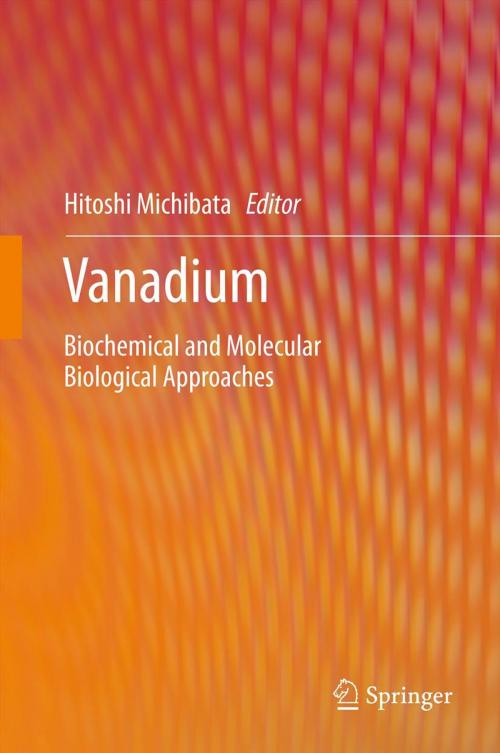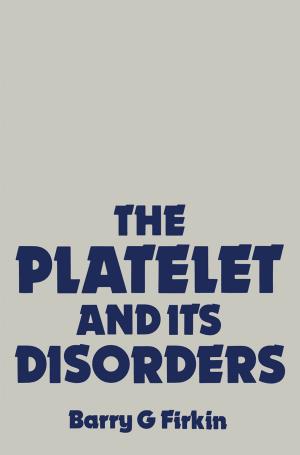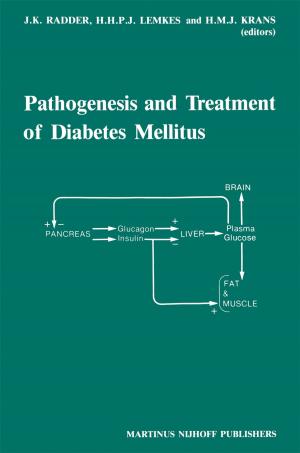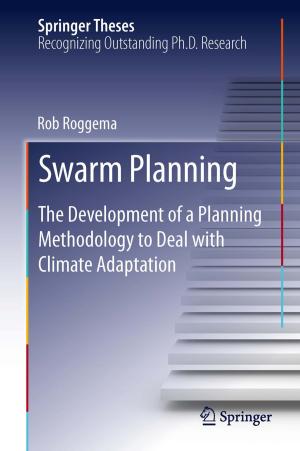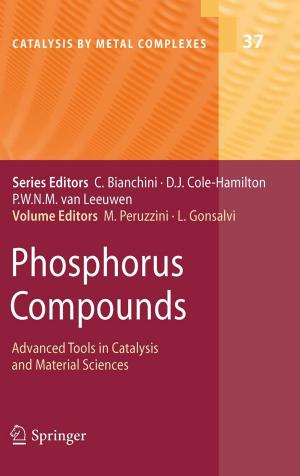Vanadium
Biochemical and Molecular Biological Approaches
Nonfiction, Science & Nature, Science, Chemistry, Clinical, Biological Sciences, Biochemistry| Author: | ISBN: | 9789400709133 | |
| Publisher: | Springer Netherlands | Publication: | September 15, 2011 |
| Imprint: | Springer | Language: | English |
| Author: | |
| ISBN: | 9789400709133 |
| Publisher: | Springer Netherlands |
| Publication: | September 15, 2011 |
| Imprint: | Springer |
| Language: | English |
The publication of Vanadium: Biochemical and Molecular Biological Approaches is particularly timely as it exactly coincides with the centennial anniversary of the discovery of vanadium by Professor Henze, in the blood cells of an ascidian (tunicate) collected in Gulf of Naples in 1911. Vanadium, atomic number 23, covers a wide range of oxidation states (from -2 to +5) and has unpaired electrons. Depending on these properties, a wide variety of enzymes and compounds containing vanadium have been found and the biochemical behaviour of vanadium has been investigated extensively.
This monograph provides not only the basic properties and recent advances of vanadium chemistry but also presents recent topics on hyper-accumulators of vanadium, enzymatic roles of vanadium, biochemical functions of vanadium and medicinal functions of vanadium, which have been discovered by Biochemical and Molecular Biological Approaches.
Vanadium: Biochemical and Molecular Biological Approaches is aimed at pure and applied chemists, biochemists, pharmaceutical and medical scientists.
The publication of Vanadium: Biochemical and Molecular Biological Approaches is particularly timely as it exactly coincides with the centennial anniversary of the discovery of vanadium by Professor Henze, in the blood cells of an ascidian (tunicate) collected in Gulf of Naples in 1911. Vanadium, atomic number 23, covers a wide range of oxidation states (from -2 to +5) and has unpaired electrons. Depending on these properties, a wide variety of enzymes and compounds containing vanadium have been found and the biochemical behaviour of vanadium has been investigated extensively.
This monograph provides not only the basic properties and recent advances of vanadium chemistry but also presents recent topics on hyper-accumulators of vanadium, enzymatic roles of vanadium, biochemical functions of vanadium and medicinal functions of vanadium, which have been discovered by Biochemical and Molecular Biological Approaches.
Vanadium: Biochemical and Molecular Biological Approaches is aimed at pure and applied chemists, biochemists, pharmaceutical and medical scientists.
